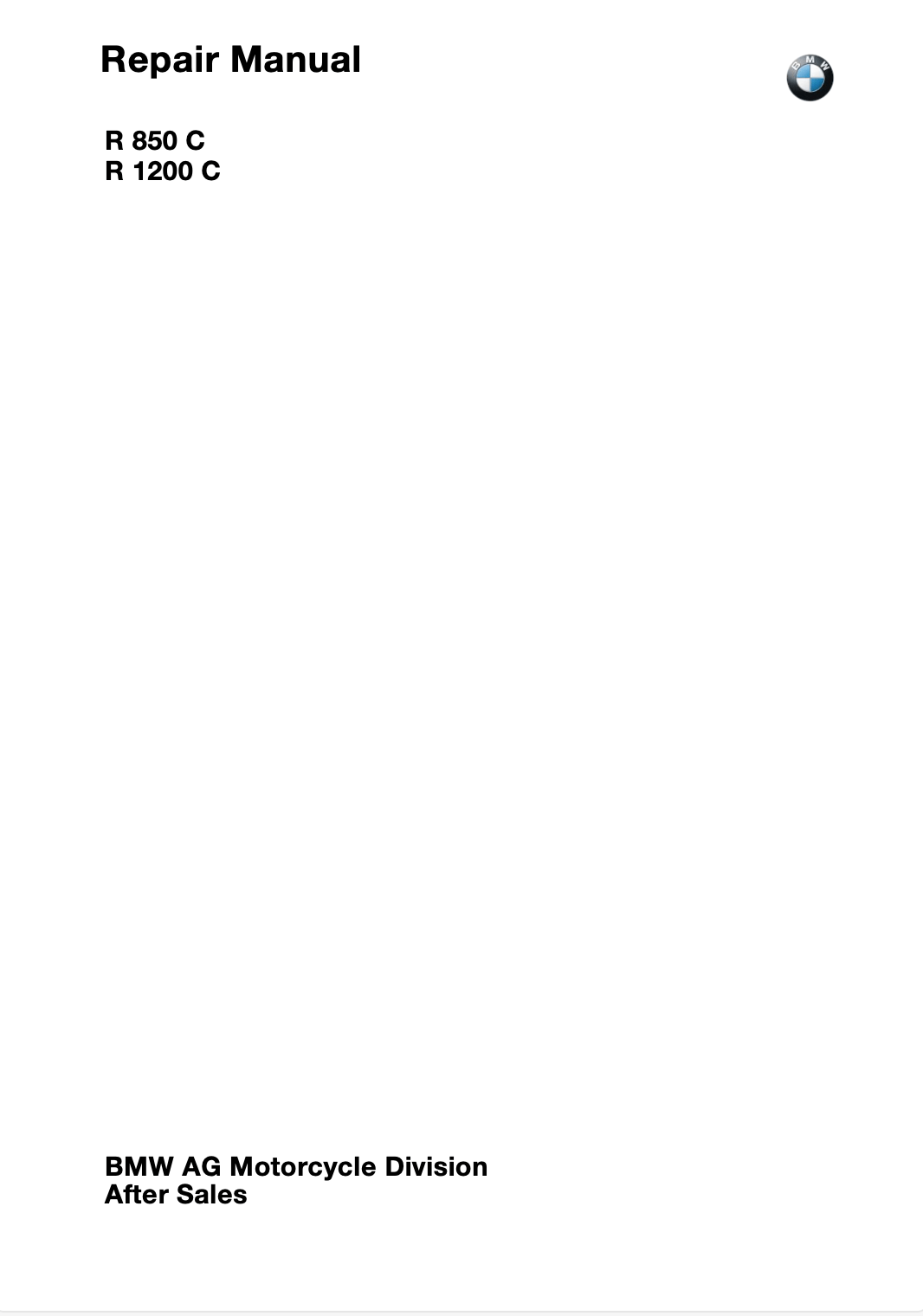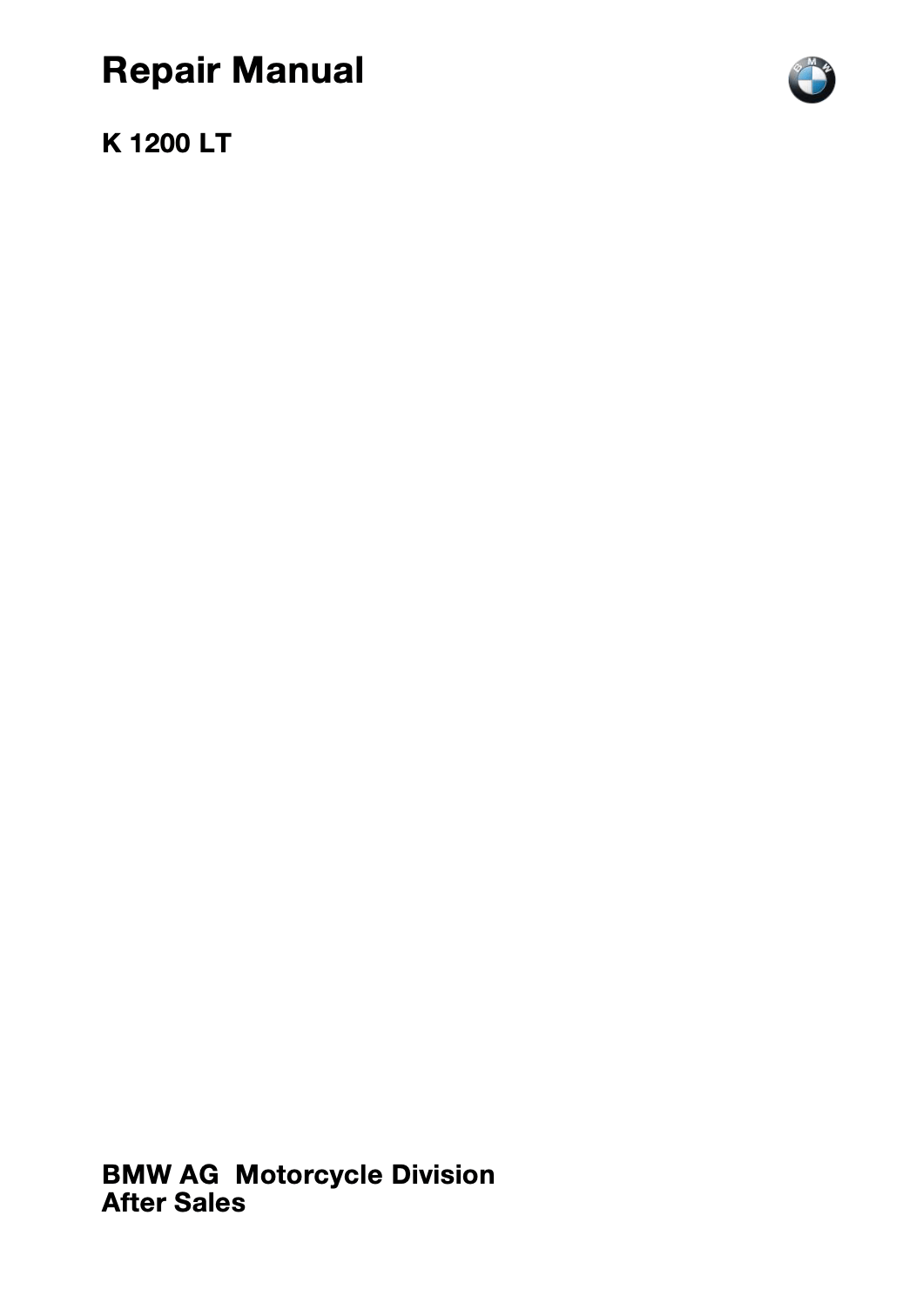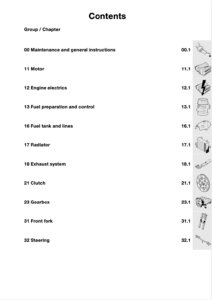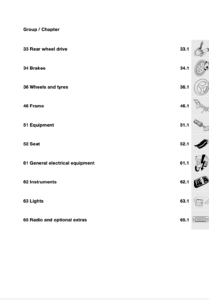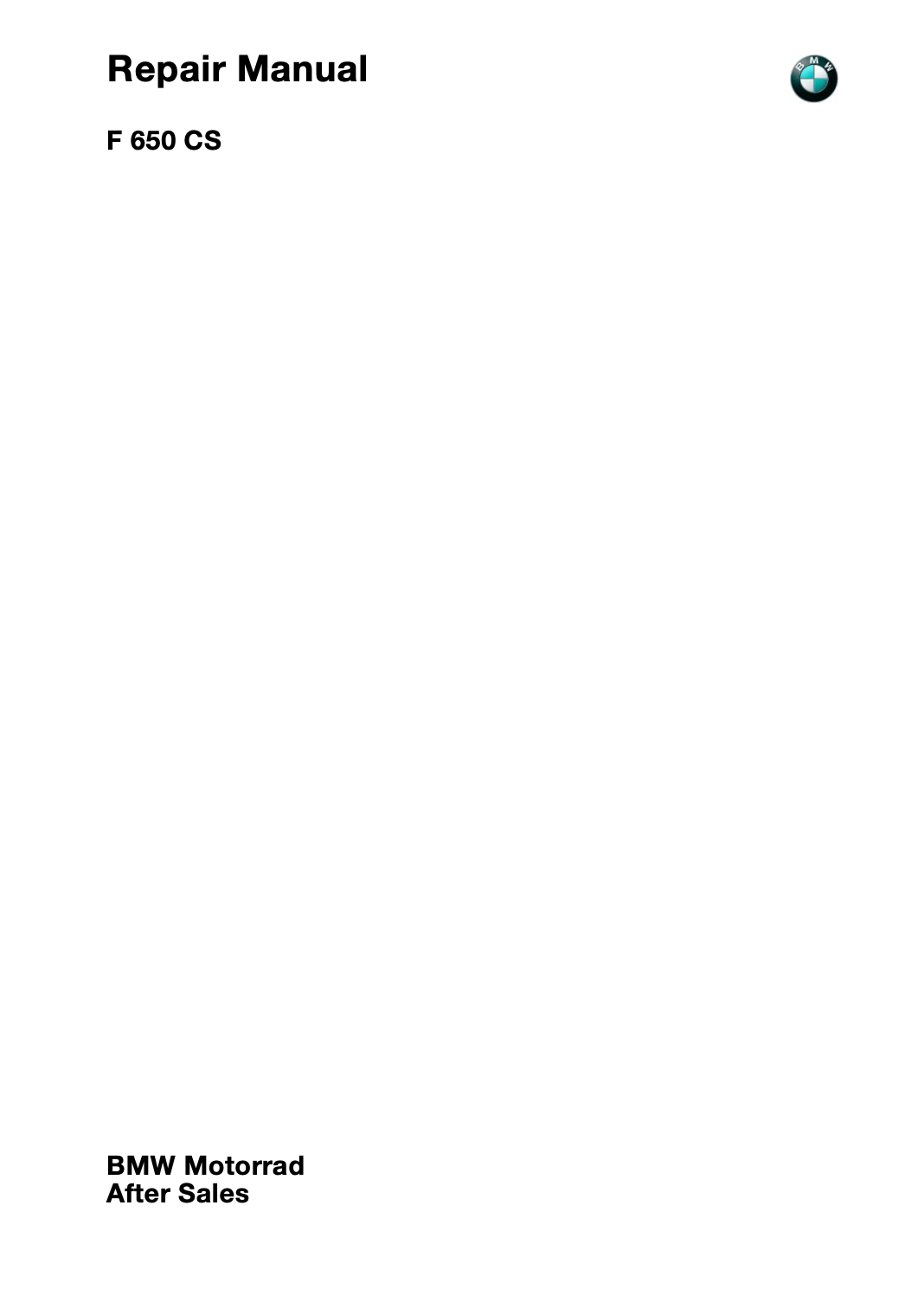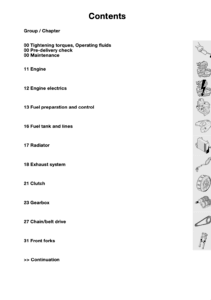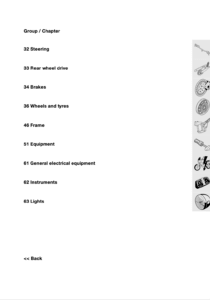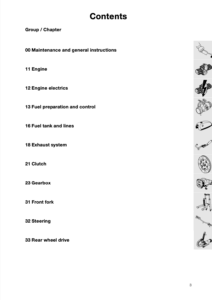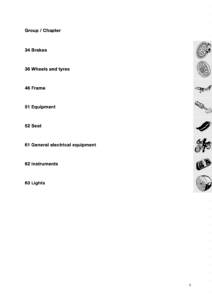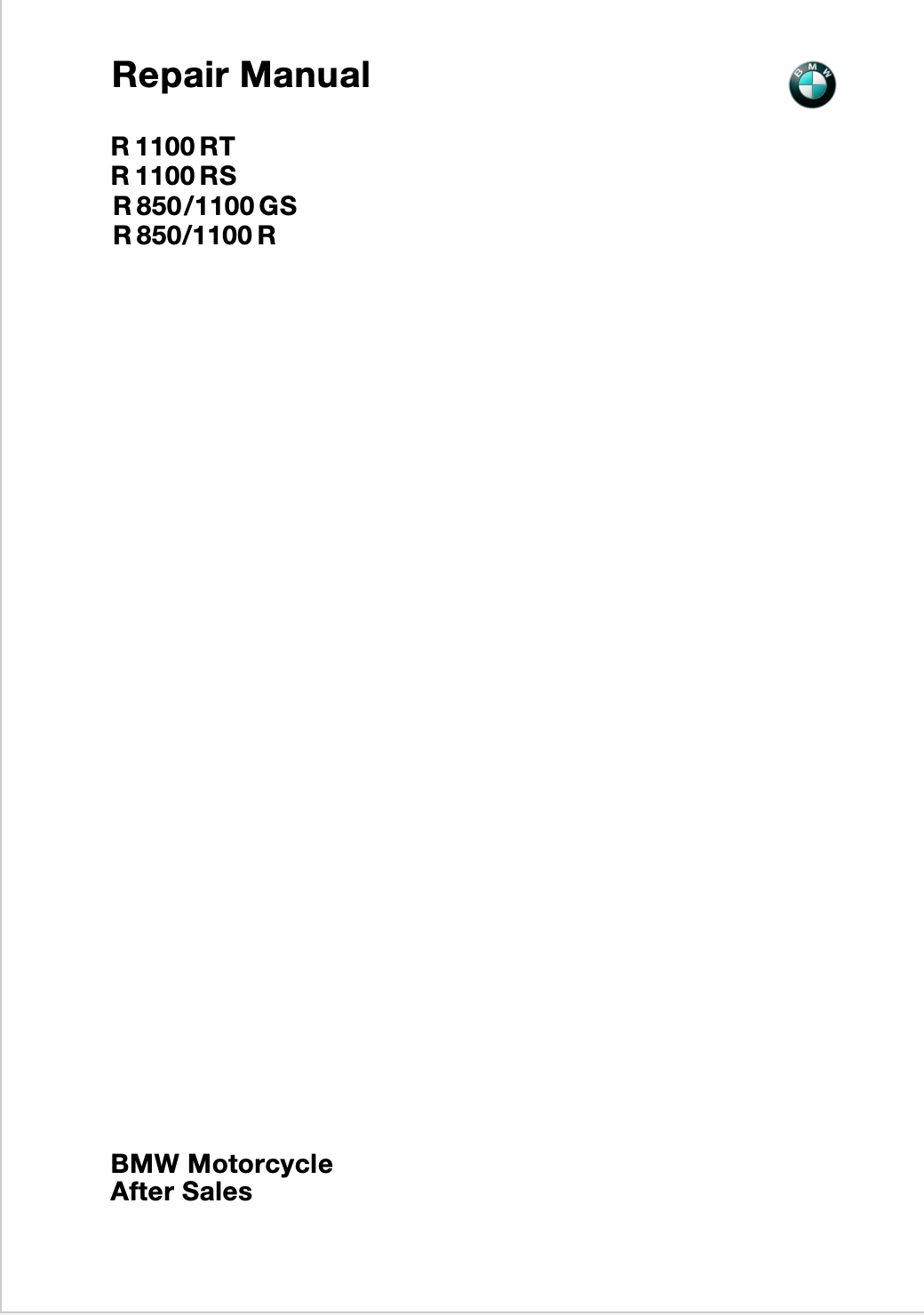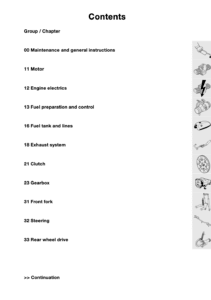Complete PDF version of the Service Manual for the BMW R850C/R1200C. A MUST for every R850C/R1200C owner.
Download: Immediately after payment!
OEM Original factory workshop manual.
Models covered by this manual: 1997 to 2004
Number of pages: 288 pages
Table of contents:
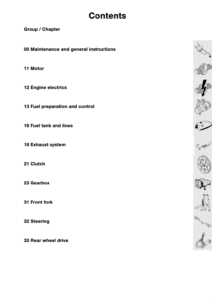
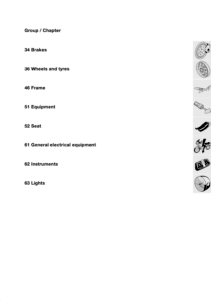
This PDF repair manual can be downloaded right after the payment process in complete, on the device of your choice.
We do not offer printed manuals, for the following reasons:
- it is more eco-friendly to use a digital version
- your manual never gets dirty or greasy
- you can always choose to print the specific page(s) you need to work on your bike
- you receive your manual immediately after payment
- it is searchable
BMW R1200C
From 1997 until 2004, BMW Motorrad produced the BMW R1200C cruiser motorcycle. BMW built 40,218 units, including a smaller engine variant known as the R850C, which was available from 1997 to 2000.
The R1200C was BMW’s attempt to enter the American-style cruiser market, and it marked a substantial change from the company’s prior efforts. BMW chief designer David Robb created the R1200C, which has a cruiser riding position. The R1200C has always had a passenger seat that folds up to become a driver backrest with three different angles that can be adjusted while riding.
BMW originally introduced the R1200C with an advance commercial placement in the James Bond film Tomorrow Never Dies. In 1998, the R1200C was one of four BMW bikes on display at the Guggenheim Museum in New York City as part of the exhibition The Art of the Motorcycle.
Production
When BMW discontinued production of the R1200C lineup, Dr. Herbert Diess, then President BMW Motorrad, cited the apparent unsuitability of the 1,170 cc (71 cu in), 61 hp (45 kW) engine to then-current market tastes and the lack of a suitable engine for further development as a primary reason, but did not rule out BMW pursuing a reinterpretation of the cruiser idea at a later date.
In 2004, a last special edition of the R1200C Montauk (sold as a 2005 model and registered as such) was released as a commemorative Montauk model, with 350 units made. Only six of these devices were transported to North America, all of which were destined for the Canadian market. There are four into Ontario and two into Quebec. One has been imported into the United States since it was first delivered to this market.
Versions
- The “Classic” was not a new model, but it was the “original” R1200C when the Avantgarde and Independent versions hit the market.
- Avantgarde: Introduced in 2000, it has less chrome (added a graphite effect), medium height bars, and a low-cost ABS alternative.
- Independent (renamed “Phoenix” for the US market): Introduced in 2001, it has a single seat (passenger seat and foot pegs are available), two-tone paint, new aluminum wheels, a speedster-style windscreen, fog lights, white indicator lenses, and a BMW rondel on the alternator cover.
- Montauk: Introduced in 2003, with a ‘beefier’ overall look. Front end with a higher rake, alloy wheels and an instrument panel from the R1200CL, braided brake hoses, and an extra vertically stacked headlamp.
- Troika: A tricycle or three-wheel vehicle with a side car, it is an R1200C with a side car. The side car had a torpedo-like nose, an interior with leather matching the motorcycle seat, a shock that lay horizontally in front of the third wheel with a wooden step over it for the passenger, and a spoked wheel matching the motorcycle wheels. It was displayed at the IAA (Internationale Automobil Ausstellung) in Frankfurt in 1997.
- R1200CL: Full-dress touring model introduced in 2002 with a tachometer and analog-style clock in the instrument panel, extended rake, larger wheel size, alloy wheels, fairing, two smaller stacked separate lights for high beams, cruise control, driver floor boards, heel/toe shifter, six-speed gear box, oversized passenger seat, two 12V power outlets, heated hand grips, heated seats, clam-shell side cases, and removable top case with passenger backrest The R1200CL’s “M” shaped windshield generated a big notch in the middle, allowing the driver an unimpeded view ahead. The alternator was increased to a whopping 840W. Pre-installed electronics and an alarm for an optional keyless anti-theft system.
- R1200CLC: The same as the R1200CL, but with standard ABS braking, a radio, a CD player, a chrome alternator cover, a chrome engine guard, and chrome side baggage guards.
- Changes in 2000: BMW introduced an 850 cc variant, the R850C, for the 2000 model year. New color choices for the 1200cc model were introduced, including a black engine, the rear shock was improved to an adjustable hydraulic shock, and the electronic ignition and fuel injection were tweaked.
- Changes for 2004: For the last manufacturing year, BMW incorporated dual ignition, integral ABS (the brake pedal and lever, when engaged separately, activate both front and rear brakes simultaneously), upgraded gearbox, and a free passenger comfort seat.
R1200C in film and other media
- The Barber Vintage Motorsports Museum houses a 1998 R1200 C.
- Tomorrow Never Dies, a James Bond film from 1997, featured the R1200C. Michelle Yeoh, who played Chinese spy Wai Lin, rode the bike in the scene where she and 007 are fleeing Elliot Carver’s thugs in a helicopter.
- The R1200C was one of four BMWs included in the 1998 The Art of the Motorcycle exhibition at the Guggenheim Museum in New York City and other institutions. Given BMW’s status as the show’s principal corporate sponsor, the number and selection of BMWs prompted some criticism that the models did not all have the same significance and relevance as the other companies exhibited.
- The bike was later featured in the Bond in Motion film in 2012. There are 50 vehicles. The National Motor Museum in Beaulieu, England, is hosting a 50th anniversary display.
Source: Wikipedia

